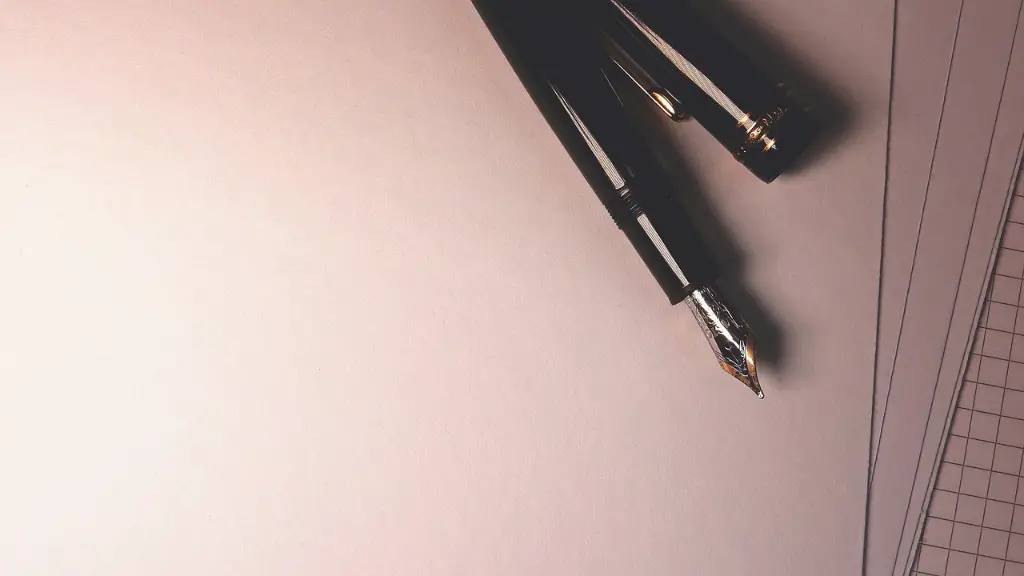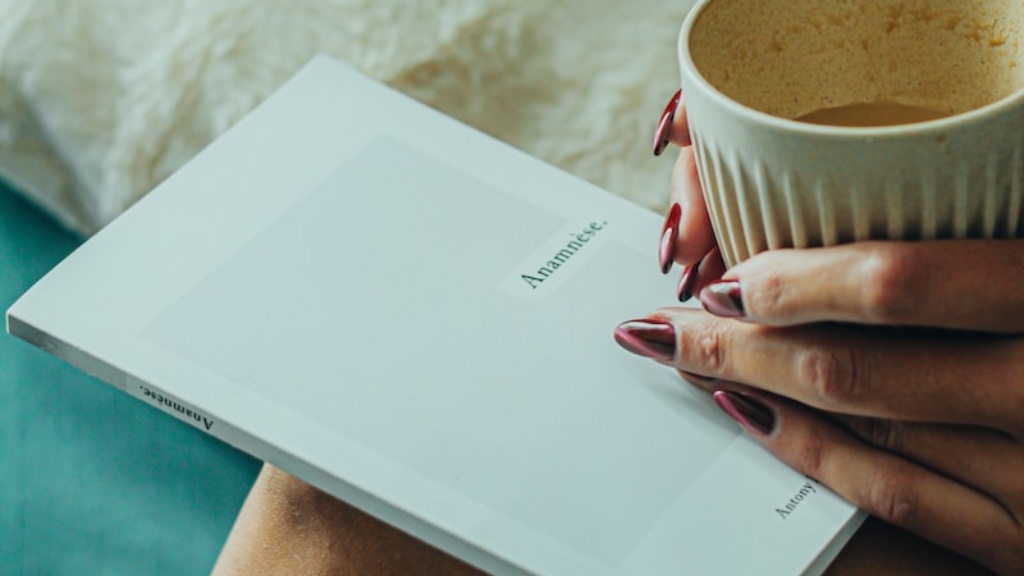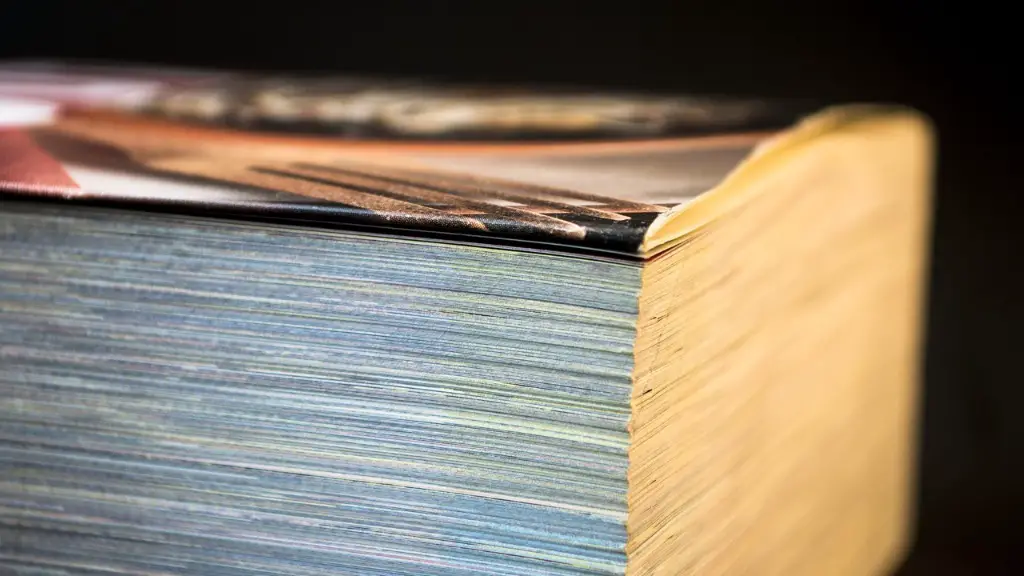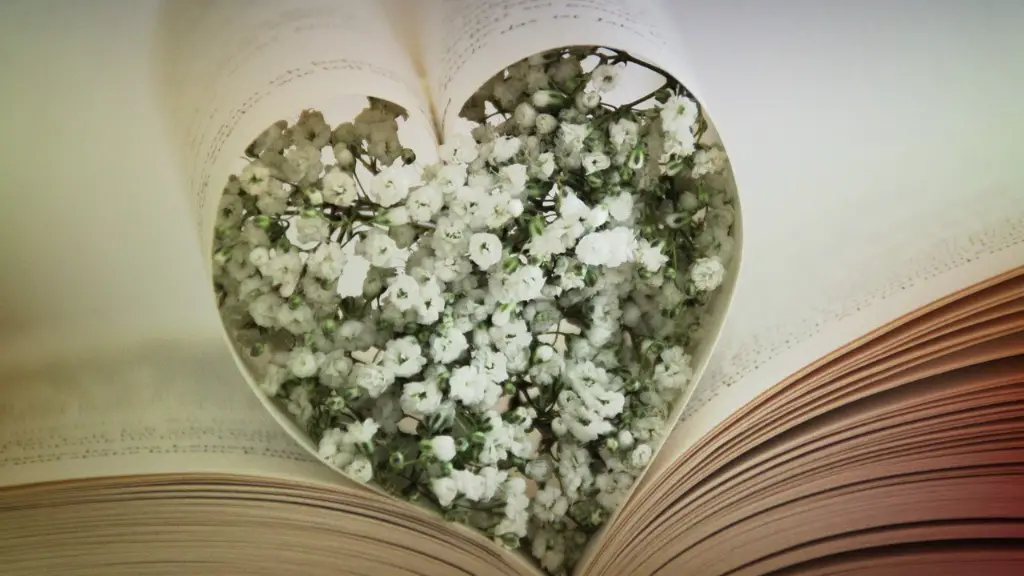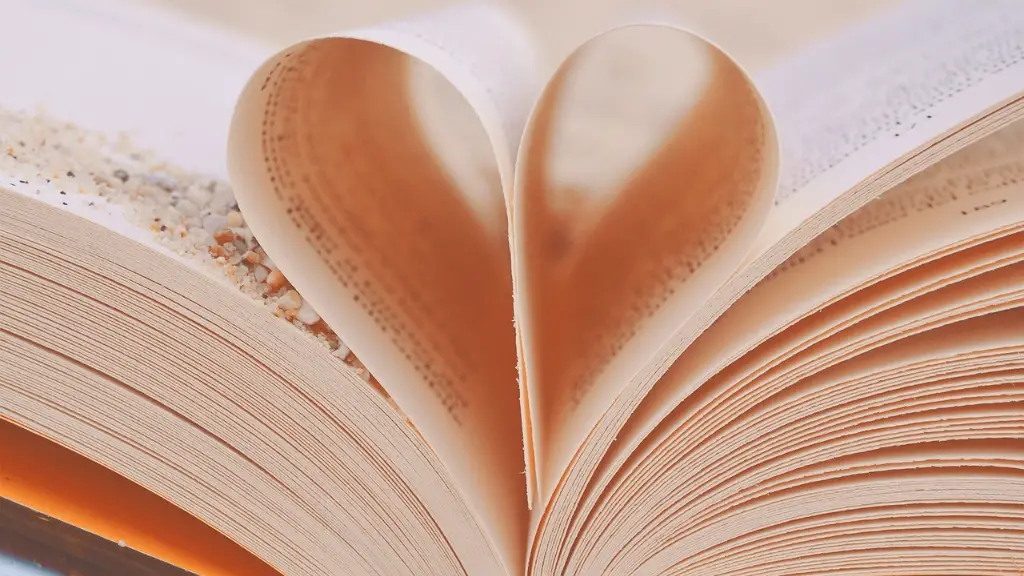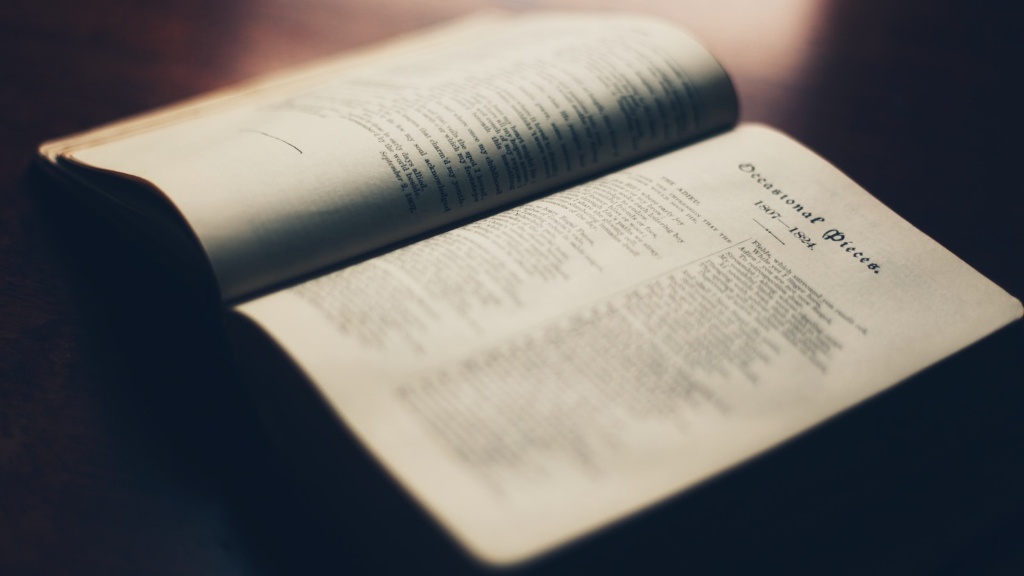Poetry has captivated readers for centuries by its thoughtful use of language and emotion, but the structure and pattern of each poem are equally vital in creating an impact on the reader. Metrical pattern is a part of poetry which has been used to create rhythmic intonation, linked to different epochs, and to create a recognizable genre.
Metrical patterns are found in poetry, music and speech. Music and poetry often go hand-in hand, because of their use of cadence and meter, and in poetry, this is known as metrical pattern. It is based on the use of syllables and stressed and unstressed beats, which are rhythmically arranged to form a pattern. Metrical pattern is the rhythmic structure, the way lines are accented and the overall cadence of words in the poem.
In its simplest definition, meter is the way to measure the poet’s speech. It is the recurring pattern of sound which provides an underlying structure to help distinguish it from prose. Metrical patterns are used to create a rhythm and flow, as well as to craft each poem in its own unique way. The use of meter and metrical pattern is evident in ancient poetry up to the modern-day, and it is still utilized to create a sense of musicality and structure in poetry.
In English poetry, patterns are traditionally referred to as “feet”. A foot is usually two syllables, with the first syllable being stressed and the second being unstressed. Common feet used in poetry include iambic and trochaic, but poets often use more intricate shapes, such as anapaests and dactyls. In ancient Greek verse, these feet are referred to as “dactylic hexameter” which is a rhyming pattern based on six-syllable lines which is used to narrate the epic stories found in Homer’s Iliad and Odyssey. Modern poets may use these same patterns for their own works, just as the ancient Greeks did.
Metrical pattern serves a variety of purposes in poetry. It provides structure to the poem, allowing it to be more legible, while also helping to create a certain mood or emotion. It can also be a window into the historical era in which the poem was written in. Different metrical patterns were used throughout different periods of time, which can be observed in the works of Dickinson, Shelley, Wordsworth, and many others.
In addition to the structure it provides, metrical patterns can aid in poetic consistency. Poets use them to reiterate certain ideas or themes throughout a poem. This repetition reinforces the message and emotional power of their writing.
In essence, metrical pattern is essential in crafting a poem. It lays a foundation for word choice, rhymes, and syllable structures. It is something which many poets stand by and passionately utilize to create something beautiful and timeless.
The Effects of Metrical Pattern on Language and Emotion
As previously noted, metrical pattern is essential in producing a particular structure and rhythm in a poem, but it also has a profound effect on how the poem is interpreted by its reader.
Poets use a variety of metrical patterns to underscore the language of the poem and its emotion. Specific patterns are often associated with certain emotions and can be used to emphasise a certain style of language, for example, an anxious or anxious-sounding poem might employ a trochaic pattern, while a joyous speaker’s lyrics may feature an iambic meter. By manipulating the metrical pattern, poets are able to enhance the emotional aspect of the poem to better convey their message.
The meter of a poem can also bring attention to certain words or phrases. This allows poets to emphasise certain points within their work. This technique is especially useful when focusing on important ideas or concepts which the poet wishes to emphasise, as it acts as a reminder to the reader that these words or phrases are a key part of the poem.
The use of metrical pattern also allows poets to affect the speed of the poem. As the metrical pattern changes, in either a florid or a more economical fashion, the poem’s tempo and rhythm can shift. This gives the poet a way to capture the speed of their thoughts, either when the poem is meant to convey a sense of playfulness or urgency.
The History of Metrical Pattern
Metrical patterns have a long and varied history. As with most literary movements, the development of metrical pattern is linked to the various epochs of literature.
The oldest known metrical pattern is that of Ancient Greek literature and is known as dactylic hexameter, which was used in the epic poem The Iliad. During this period, the pattern was used in narrative and lyrical poetry. It was also used in Latin narrative and lyric poetry, with Catullus being particularly famous for his iambic poems.
The Middle Ages witnessed the development of courtly love poetry which used the classic French metres of syllabic verse and the ballade, a form of poem which features a refrain with a repeated ending. The Romantic era saw a revival of the Ancient Greek metres, as well as the introduction of a more flexible and free-flowing form of verse known as blank verse. The metric form of free verse also became popular during this period.
In the 20th Century, American poets began experimenting with metre and form, producing, for example, abab patterns (also known as an alternating couplet) and variable length stanzas. With the advent of the 21st Century, metrical pattern has continued to evolve with the appearance of modern song lyrics, rap and hip-hop. A cross-fertilization between literature and music has become more widespread, with musicians and poets alike borrowing from each other and utilizing different metrical patterns.
Rhythm and Sound
Meter and metrical pattern are inseparable due to their close relationship with rhythm and sound. Poets use specific patterns to create a harmonic effect with the words and phrases, and an underlying rhythm which permeates throughout the poem.
The sound and feel of the words are often just as important as their meaning, as it helps evoke emotion and create a memorable reading experience. By manipulating the sound and rhythm of a poem, poets strive for a musical effect, which can be likened to a song. The beat, tempo, and rhythms of a poem are an integral part of creating this feeling and are often achieved through the careful selection of metrical pattern.
The effects of metrical pattern on the rhythm and sound of a poem are especially important when analysing the works of poets such as Walt Whitman and Emily Dickinson. In their works, one can observe a fluctuation between themes, meter, and meter patterns, which allows them to express the direction and focus of their ideas in a dynamic way.
The Impact of Metrical Pattern on Audience Reception
Metrical pattern plays a major role in how a poem is perceived by its readers. Different metrical patterns can affect a poem’s legibility, percussiveness, and rhythm, which can have a profound effect on how the audience receives it.
For example, the use of a iambic meter can help create a sense of clarity and cadence to the poem, allowing it to be easier to read, while a more frenetic and free-form pattern may create a sense of disarray, which can be used to illustrate a theme of chaos or tension in the poem.
The effects of metre on audience reception extend beyond the poem itself too. For example, readers often have a certain expectation of what a poem written in a specific metrical pattern might be like, and the poet’s choice of metrical pattern may influence how the readers view the poem. By using a certain rhythmic pattern, a poet can give the readers an idea of what to expect and can help them to understand and appreciate their work on a deeper level.
Conclusion
All in all, metrical pattern is an essential part of poetry. It establishes the structure, cadence, and rhythm of a poem, and has the potential to influence and shape the reader’s understanding and experience of it. It allows poets to control the speed and flow of the poem, and to manipulate the rhythm, sound, and emotion. Metrical pattern has a long historical tradition and continues to evolve, from Ancient Greek literature to rap and hip-hop. By correctly utilizing these various tools and techniques, poets are able to elevate their work and create something truly special.
